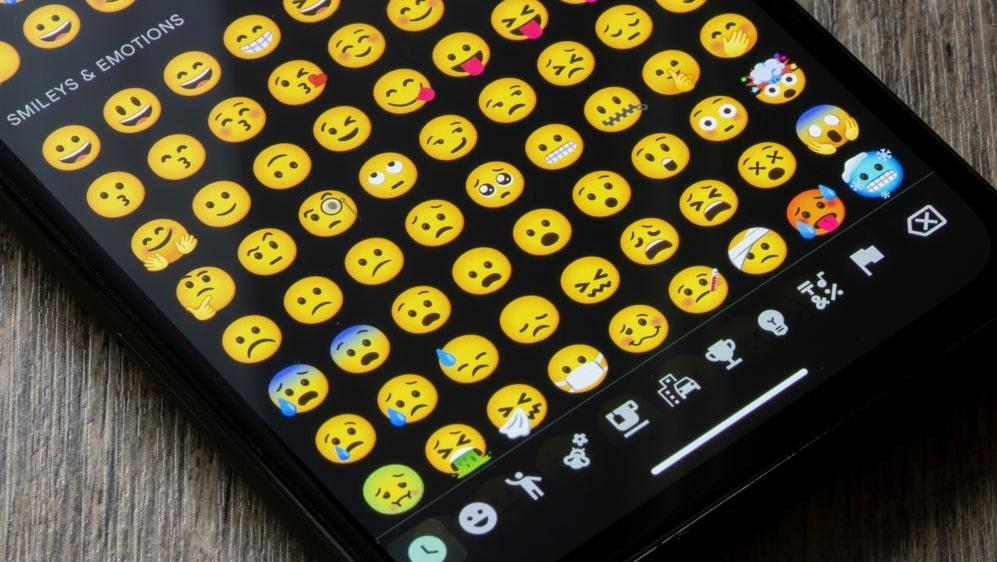Food Brands Need A New Approach To Social Media
We're all growing tired of corporations pretending that they're internet youths having fun online.
I have to admit, the first time I saw an established brand like Wendy's turn its Twitter feed into a stream-of-consciousness shitposting mess, I was fascinated. I knew deep down inside that the brand's decision to change its persona from a wholesome-looking pigtailed girl to that of a dickish online troll was nothing more than a ploy for extra attention (which it can then leverage to sell more burgers), but I still had a fun time watching Wendy's talk trash via its social media feeds. At first.
Then I watched as The Wendy's Effect rippled outward, and this voice became the default social media tone for the likes of McDonald's, Steak-umm, and Burger King. Capital letters were dropped, punctuation disappeared, nonstop memes littered the feed, and meta jokes each brand's own social media managers flew around with frequency. Now seemingly every brand is doing it—and a recent feature in The New York Times examines how we've gotten here.
Why brands adopted internet-speak
The Times set about answering the question of whether this Wendyfication (my word, not theirs) of brands online is really working on consumers any longer, and the answer seems to be no, not really. The paper spoke to industry professionals, social media managers, and academics, and found out this try-hard marketing strategy has lost many people's interest now. Including yours, probably.
Since influencers on platforms such as TikTok communicate to millennials and Gen Z so well, it was only natural that companies would want to mimic that dynamic in a branded way in order to sell things to them. And when Wendy's model (aimed toward heavy users of Twitter) took off as well as it did, other brands took "calculated risks" to lean into that sensibility. A former Wendy's social media manager who pioneered the strategy described it as "really experimenting on a channel that high-profile decision makers weren't really paying attention to yet."
But it's a tone that only worked because it stood apart, and now that practically everyone's doing it, the inside-joke, buddy-buddy feeling has all but faded away. Now that social media audiences have splintered off into so many platforms, including Bluesky, Instagram, Threads, Facebook, TikTok, the site formerly known as Twitter, etc., the irreverent posturing meant mainly for Twitter (now X) isn't hitting nearly as hard as it once did.
The brands are headed to TikTok
TikTok is the real moneymaker these days, the Times explains. That's where a lot of brands are choosing to engage with their customers, as opposed to Twitter, which many users and brands alike are deserting. Currently, TikTok is easily the biggest social media platform to shape food trends; enough views about a single fast food hack on TikTok can bring headaches to an entire restaurant chain, even as it draws unparalleled bursts of business. Often, these posts are no less annoying than the irreverent tone the brands adopted over on Twitter, but at least they can be muted if you prefer.
With all of the current social media platforms competing for our attention, there's no clear direction in which "marketing voice" is headed. But it probably won't look or sound like sassy Wendy anymore, and that's fine by us.
